Source: TMTPOST
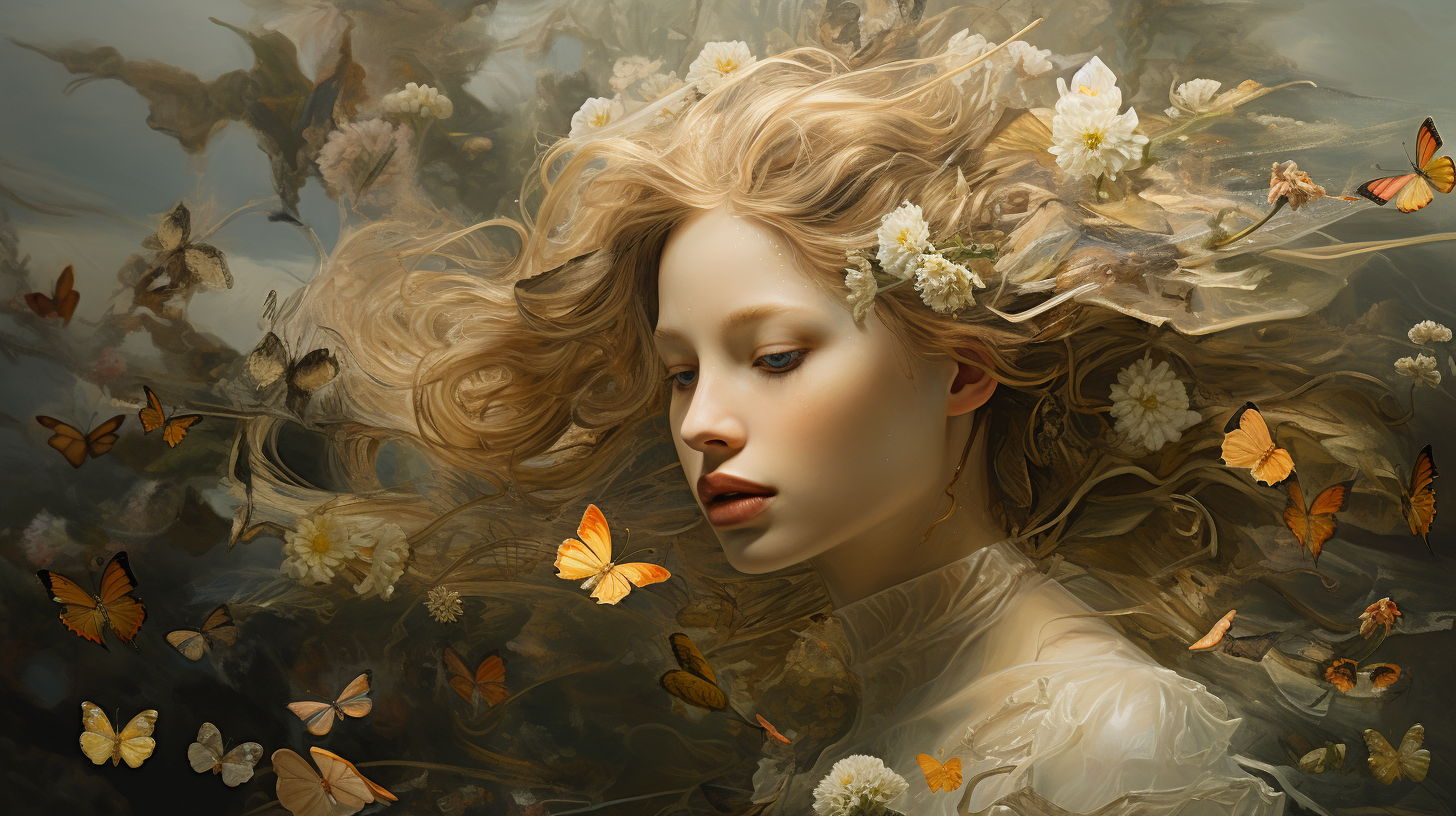
Image Source: Generated by Wujie AI
A low-threshold "wealth password" for content industry workers is being unveiled.
AI, which seems to be the "archenemy" of content practitioners, is actually a good partner for the future. However, many people have not realized this yet and are even in opposition to it.
For example, in the 118-day Hollywood strike, the impact of AI on the entertainment industry was a major topic of discussion during the strike.
In the discussion of the new labor agreement, the issue of how to use AI was negotiated until the last moment. Overseas media "Wired" pointed out that the self-made AI-generated videos currently do not reach the quality of movies, but they will soon have the opportunity to do so. "One day, it may be easier for ordinary people to produce bootleg TV shows than to wait for studios or streaming media to produce them."
Although most advanced AI tools are produced by overseas tech companies, according to industry insiders, "overseas film and television companies are not progressing as fast in AI as domestic ones."
In China, AI-generated images have emerged as a new format and are quietly growing.
Taking the film industry as an example, film festival venture capital is a suitable and necessary application scenario for AI short films. In venture capital, most sample films only need to serve as a "concept," and do not need to be highly accurate. They just need to express the images in the creator's mind. AI-created sample films can greatly reduce the cost of "conceptualization."
For example, at the end of October, the FIRST Surprise Lab arranged an AI short film production workshop for creators. After a two to three-hour session, some creators independently produced AI short films and thereby gained the opportunity to showcase their visual aesthetics to investors and judges. This move has put them at the forefront of film festival venture capital in China, to some extent helping young creators solve a long-standing pain point.
AI short films are not only used for "conceptualization" at film festivals; they have already infiltrated into the lives of ordinary people. Some daily advertising short films may be AI-generated images. Creating these AI images for advertisers is becoming a new emerging profession. Early entrants into this field can earn tens of thousands of yuan in return for an AI short film made in just one day.
What will AI bring, what resistance is currently being faced, and how should content creators seize the opportunity? TMTPOST has found a group of AI and content practitioners to chat with, attempting to reveal the true face of the AI creation ecosystem.
Venture Capital is the "First" Scene
Film is an art of sight and sound, but the dimensions that can be examined in venture capital settings are often limited to text. How to showcase a director's visual ability to investors in a convenient way is one of the pain points that venture capital urgently needs to solve.
Before the emergence of AI tools, there were two main ways for creators to produce sample films. The first is to shoot short films, but the cost of shooting is not feasible for young creators. Although large-scale exhibition venture capital activities in China gradually provide opportunities for sample film shooting, the total funds are limited and it is difficult to cover every participant in venture capital.
The other way is to edit classic movie clips into sample films, which is lower in cost, but different movies have different styles, and the resulting sample films often lack quality after being pieced together.
At this year's Golden Rooster Film Venture Capital Conference, director Guo Fan, who served as the chief judge, said on the spot, "Even if the editing of classic movie clips is done well, it is a 'smokescreen.' The actual finished film we see may be very different from this. I also hope that future creators will not use editing methods. It is best to find a way to shoot it themselves, even if it's just a storyboard. Even if it's done with a phone, I think as long as we can present our ideas with heart, it's good."
AI has become a convenient tool for "presenting ideas."
In the training workshop at FIRST, the "Story Chain" team founder Song Donghuan chose the combination of Midjourney+Runway to teach. These two tools are at a "foolproof" level. Midjourney is software that generates images from text, and Runway released a new feature in July that can directly generate related videos after inputting text, images, or text-image descriptions.
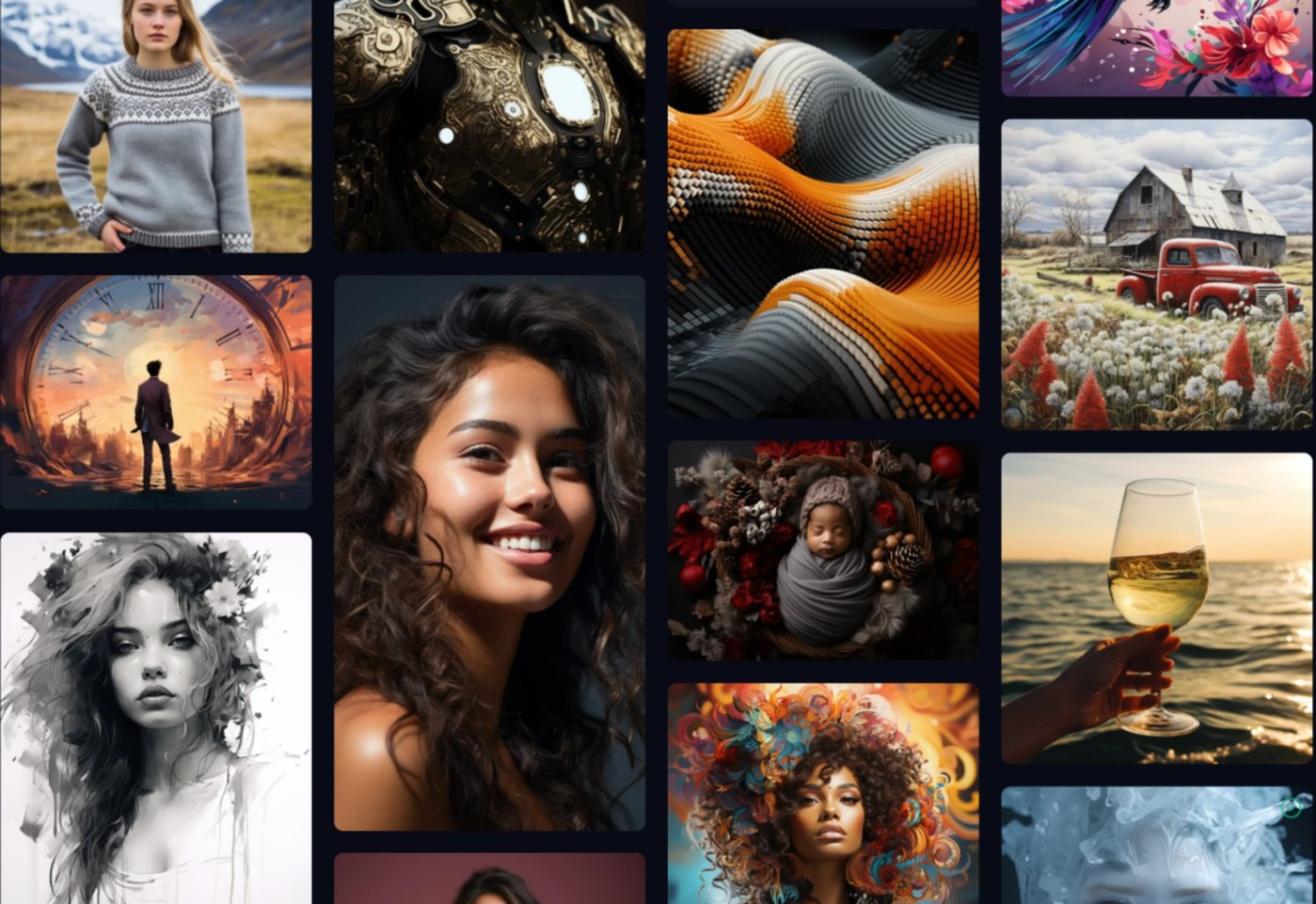
User works on the Midjourney official website community
After listening to the sharing, director and screenwriter Li Tang, who directed "Wu Xiang," spent three to four days studying and produced an AI short film that was praised by the judges. Although it is a suspenseful type, "Wu Xiang" involves a lot of elements of folk culture, and the protagonist has always been in a feeling of being stared at and enveloped, which is difficult to convey purely through language. AI provided a visualization opportunity for it.
Before understanding AI tools, how to present the world in the script of "Wu Xiang" in a visual sample film was a "very painful point" for him. "I also considered shooting a sample film, but the cost was too high and not feasible. I also edited other films into sample films, but it was not accurate, and I had to explain specifically to the investors which parts of the conceptual sample film needed to be ignored. But after AI appeared, it became relatively more accurate." He told TMTPOST.
Compared to actual shooting, AI-generated sample films cannot show the content of actor performances, which Li Tang considers a major regret as a venture capital sample film. However, if it is only used as a reference for texture and atmosphere, he believes that AI-generated images have already reached about sixty to seventy percent of the quality of actual sample films.
The value of "conceptualization" can not only help communication between investors and creators in venture capital but also help communication among various professions in film production. Li Tang mentioned, "For example, in the early stage of a project, when I talk to all the professions about what kind of feeling I want, I could only describe it in words before. Maybe only partners who have worked together many times could fully understand what I want. But now, using AI to make a concept, it is very intuitive and saves a lot of communication costs."
However, as for directly using AI-generated images in film-level works, Li Tang believes that its accuracy is still far from enough.
Distance from Film
Is AI's potential limited to "conceptualization" only? In Song Donghuan's view, this is not the case. After using a relatively more complex tool combination, AI also has the ability to directly generate high-precision finished films.
He mentioned, "For example, in terms of image accuracy, using the Midjourney+Runway method can indeed only generate conceptual-level images, but if more tools are added to the production process for further optimization, such as Stable Diffusion (an open-source AI drawing tool), I can use it to generate frame by frame, and it can generate up to 8K quality without any problems."
In actual film production, Song Donghuan believes that the core value of AI at present lies in helping to solve some content that is inconvenient to shoot. For example, a young face of an actor, a scene that is difficult to shoot, such as the Forbidden City, the Old Summer Palace, snow-capped mountains, tropical rainforests, etc., as long as there are a certain number of photos as a basis given to AI, it can use 3D technology such as NERF (Neural Radiance Fields) to restore the entire space.
The more significant substitution role is reflected in animated films.
"Nowadays, the production cost of animated films made using the current production process is generally in the range of tens of millions to hundreds of millions. But if AI is used to replace part of the intermediate process to make a 2D animation, its cost will immediately be reduced to at least one-tenth of the original, possibly even one-tenth of that." Song Donghuan stated.
In July of this year, the startup company Fable only needs users to input a piece of text, and it can directly produce an episode of "South Park" using AI, with the entire process of writing, animation, directing, voice, editing, etc., all completed by AI.
After seeing the animation it generated, Huang Guoxian, the founder of Jinang Interactive, said, "South Park" is a relatively simple animation, so the quality of the AI-produced work is not very different from the original animation in terms of visual effects. But the plot itself lacks creativity."
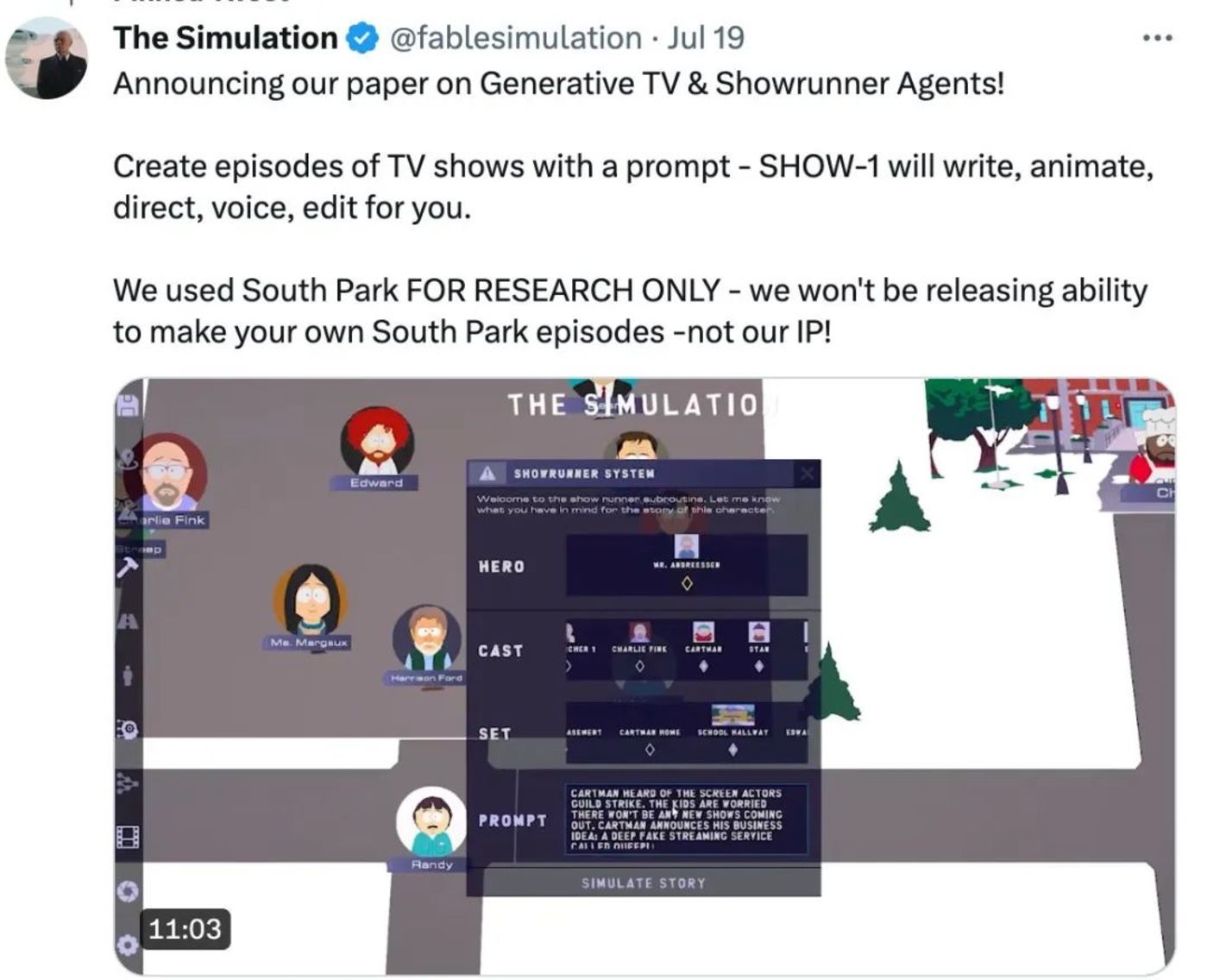
This is also the biggest problem he sees with AI-generated images at present—the visual work is becoming more exquisite, but the creative work is still lacking. In his view, this may be related to the underlying logic of AI, "because AI is based on logical deduction from deep learning, each step is output based on previous learning, but creative work tries to avoid learning or repeating past results, emphasizing innovation and differentiation, so AI's progress in this area is relatively slow."
It is not difficult to have AI produce a short film for the entire process, but the difficulty of producing a film longer than 10 minutes increases exponentially. Currently, excellent AI films longer than 10 minutes are rare globally.
In Song Donghuan's view, there are three reasons why it is difficult to produce long AI films.
First is the team composition. Practitioners need to have backgrounds in both animation and actual shooting. If it also involves the performance of actors, the team composition will become more complex, "which involves the issue of scale management, which is much more complex than an AI short film that can be done by one person."
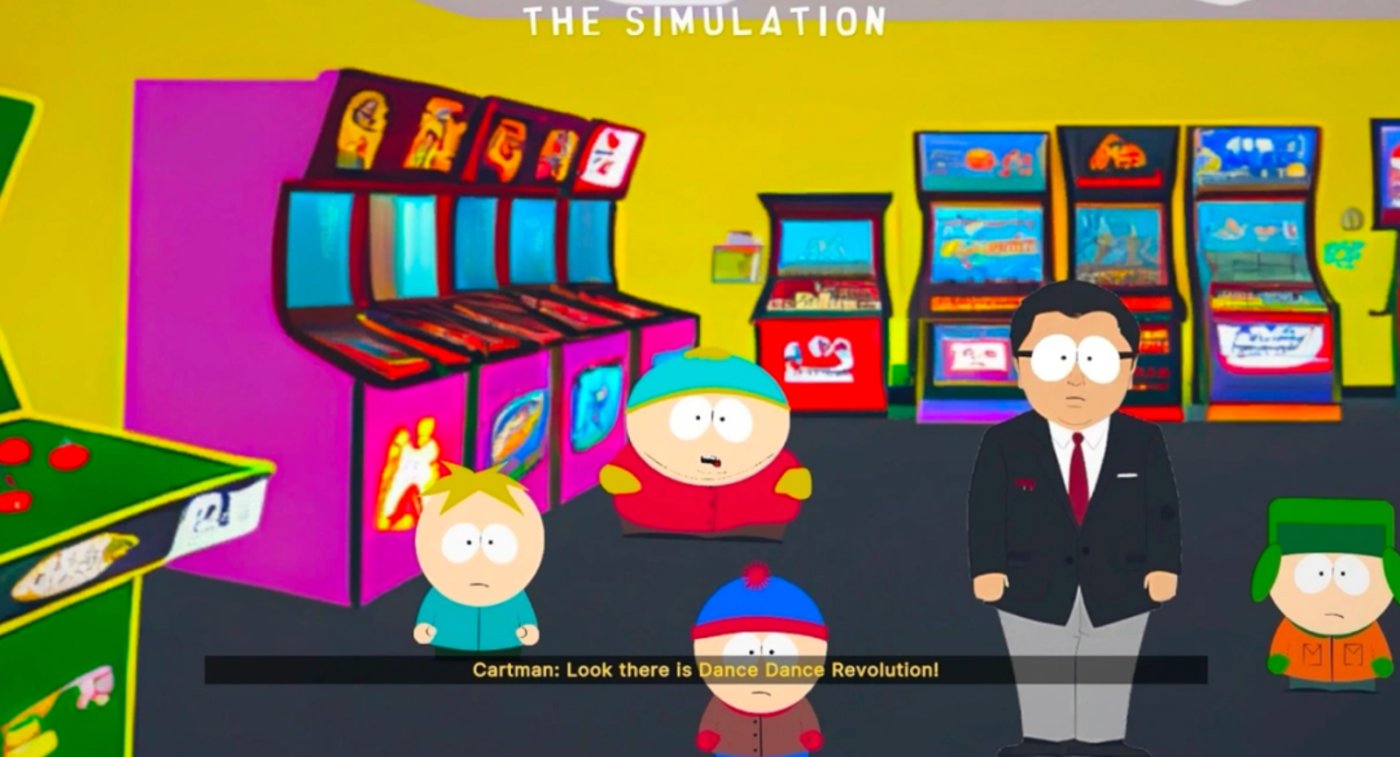
AI-produced "South Park"
Second is the script. In the current industry status, few people are willing to use high-quality content to experiment with AI production. However, the contradiction lies in the fact that if it is not good enough, no investor will be willing to invest, or to assemble a mature team for it to be forcibly produced will not yield good results.
The most important is the technical standard. In the past, movies were shot on film, then switched to digital cameras. Behind the change in technology is an entire set of updated technical standards, undergoing a process similar to the transition from traditional Chinese characters to simplified Chinese characters, simplifying the previous complex production workflow into a simpler one. However, AI-generated images have not yet formed a standardized process, which also means that the communication among various professions in the work process may not come from the same system.
After excluding these objective factors, differences in concepts are also an important constraint.
From the past six months of contact with some practitioners by the "Story Chain" team, Song Donghuan found that what most people are interested in are assets that can be used immediately, "such as some face-swapping technology, or digital assets that turn people into robot images (Wonder Studio), which are very simple to make with AI. But when I talk about a project's production cost possibly being reduced to 10% after AI is added, or that high online costs (actor costs) may no longer be needed, many people, from their standpoint, are not very interested."
This is related to the inertia of the film industry, and people are not willing to change their ways. Especially the "artists" who are used to the original logic of artistic production often maintain a wait-and-see attitude towards the changes brought by technology in the artistic field, and are slow to embrace new technology.
Although Song Donghuan originally came from a screenwriting background, he studied engineering in college, which led him to immerse himself in the study of AI when he realized the potential changes it could bring. "In fact, we have the most contact with film and television directors, but well-known directors may not dare to try it. Instead, some students without any 'idol baggage' are more willing to try AI short films, and the more they do, the better their work becomes."
Of course, the change in mindset often requires mature results to drive it. Huang Guoxian made a comparison to the early days of the special effects industry twenty years ago, "At that time, no one knew how realistic special effects could be, or how the public would accept them, until Hollywood released a series of blockbuster special effects films, and then people began to realize what they could achieve by using them in movies."
However, there will always be the first person to try something new. When excellent AI feature films appear and their teams share successful experiences, the industry's technical standards will gradually be established, and mindsets will be reversed due to the impact it brings. But before the first case appears, practitioners who lack confidence in being the first to try something new can only wait.
A New "Wealth Password" for Workers?
In addition to being used in the creation of film and art works, the practical application scenarios of AI short films are quite extensive and have been integrated into various creative industry practices.
According to Song Donghuan, among the students the "Story Chain" team has encountered, some are involved in interior design and use AI short films to design concepts for clients; some are writing online novels and, at the stage of just a few thousand words, create an AI short film to attract attention to the entire novel concept; and some are running script-killing shops and, in order to cater to the trend of the script-killing industry moving towards immersive experiences, use AI to create atmospheric images and short plot films.
The application scenarios are very diverse, but the skills required are not yet mastered by all industry practitioners, giving rise to a new emerging profession—people who help various clients use AI to create short films.
Compared to past live-action short films, the cost of AI-generated images is very low. "If you use Runway Gen2, the direct computing cost is 18 yuan per minute; but this is like basic tools such as paper and pen, and in the future, the cost difference will be more reflected in the differences between people." Song Donghuan stated.
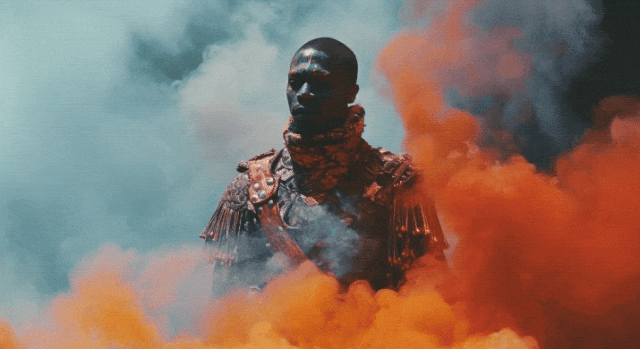
AI short film created using Runway
And the returns it can bring are substantial.
In Song Donghuan's research, the fees quoted by directors for creating AI short films vary greatly, "from a few thousand yuan per minute to fifty thousand yuan per minute, and 15-second ads can be quoted at two to three thousand yuan per second; but for commercial advertisements, these prices can produce finished films and are all within a reasonable range."
The problem is obvious. Compared to the various film and television industry professions that have been around for many years, the price standards are chaotic. How much should be charged for creating AI-generated short films? The expectations of each client and the psychological expectations of each party are different, and there is no transparent channel for comparison.
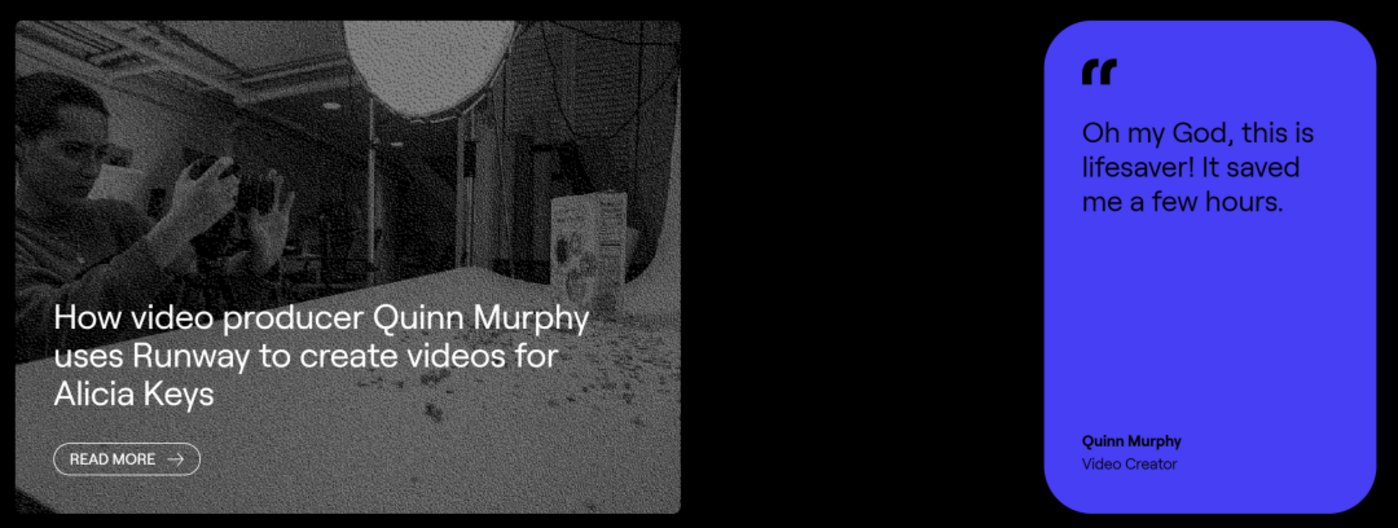
"User Stories" displayed on the Runway official website
"In this field, there is no clear supply and demand relationship, and everyone is still exploring. Sometimes the demand and supply sides cannot find each other, but more often it is that the expectations of the clients are too high, while the budget is too low." Song Donghuan stated.
Behind the disparate quotes is the different value judgments of AI-generated images by people in various industries.
Previously, Xue Shanwu, who has been working as a storyboard director and film special effects director, also mentioned that some friends who were the first to use AI to take on commercial projects initially quoted prices similar to traditional production processes without the other party's knowledge. "Some clients also specifically request the use of AI, and in that case, the quote will be relatively lower."
In the minds of some clients that Xue Shanwu has encountered, the price is always linked to the time spent by the creator, and they believe that because it can be produced quickly, the price should be lower. But in Xue Shanwu's view, the core value of the finished film's quality lies in the creator's aesthetics, creativity, and experience, and these values should be used as the basis for payment.
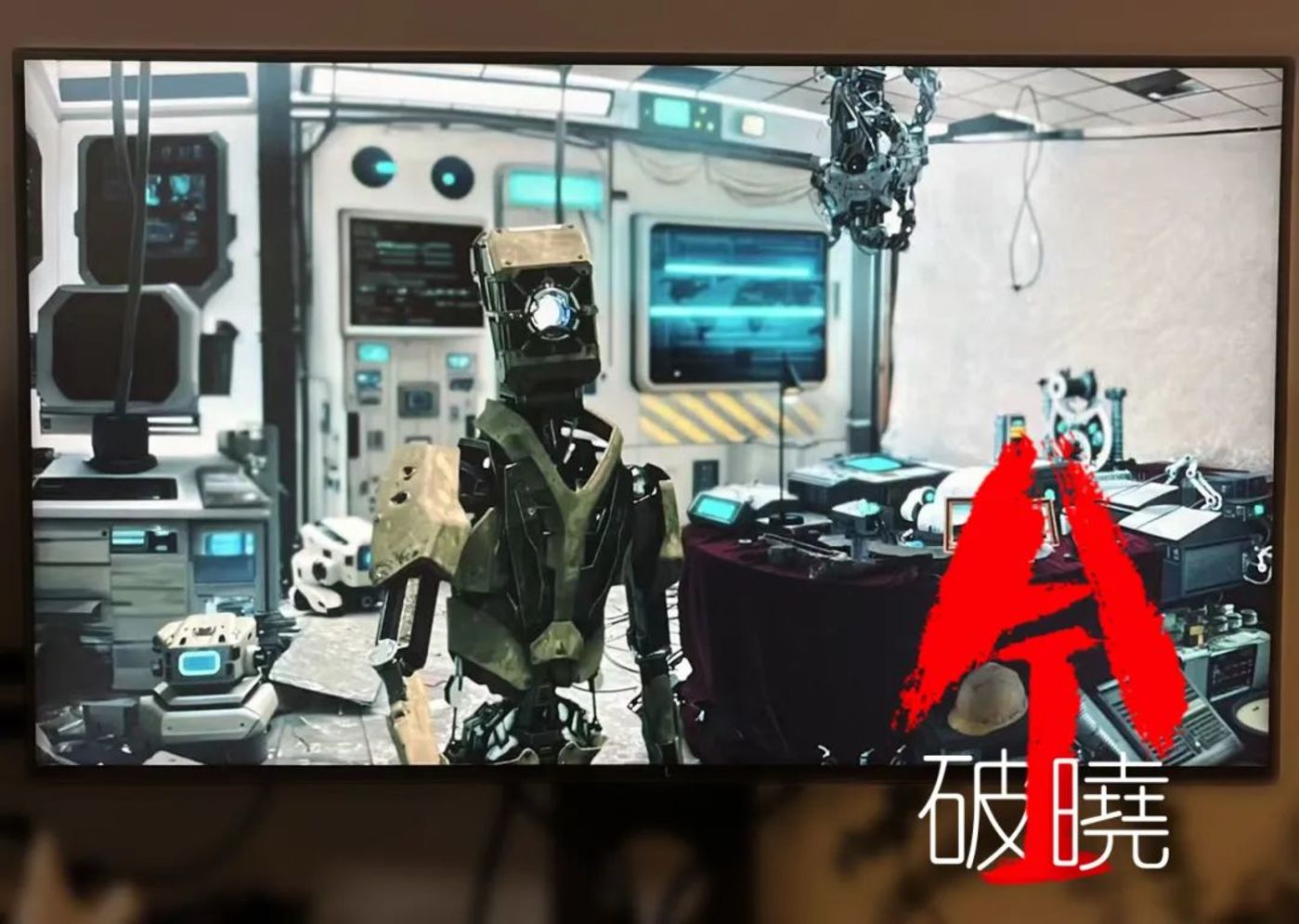
Xue Shanwu's original AI short film "Dawn"
Currently, Xue Shanwu takes on some commercial projects that combine AI and traditional special effects to create short films and advertisements. However, commercial projects are not his goal; he hopes to use AI tools to create more science fiction films, and in the future, he will make AI directing the main focus of his career planning.
"I think the trend of AI development is that because it can improve the efficiency of many aspects of the production process, there will be more time to think about creation. So the old factory-style production model will become less and less, and small teams of three or four people will become more common."
As for BING, who is an advertising director, the use of AI tools is more of an aid to his existing work, and in the future, AI short film creation will not be his main focus. "I have tried to use AI to generate the entire process before, but I found that the client's product images always become distorted after being imported, so in the end, I had to use Photoshop, so it cannot be considered a fully AI process, including the voiceover part, it is not possible to use only AI for voiceovers."
In BING's view, AI-generated images can help free up production capacity for the large quantity of videos produced by MCNs on short video platforms, but for customized advertising, AI can only serve as a tool and still requires manual adjustments.
Different people have different levels of investment in this "emerging profession," but the immediate priority is to establish an open platform for creators. Whether for the client or the service provider, open price comparisons and the elimination of industry information asymmetry will contribute to the healthy development and fair competition of the industry.
"Wealth Password" also has Thresholds
The emergence of AI has greatly reduced the technical threshold for image production, allowing ordinary people the opportunity to make a fortune through AI-generated images. However, there is still a qualitative difference in the quality of images generated by different individuals.
Several practitioners have told TMTPOST that people with previous experience or educational backgrounds in the film and television industry generally produce higher-quality AI-generated images.
But this is not absolute, because the essence that AI tools test is fundamentally the creator's imagination and the ability to describe their imagination. Song Donghuan gave an example, "For example, with the current popular MBTI personality test, we found that people with an 'N' personality, or those with a stronger sense of conviction and imagination, have a stronger ability to create AI-generated images."
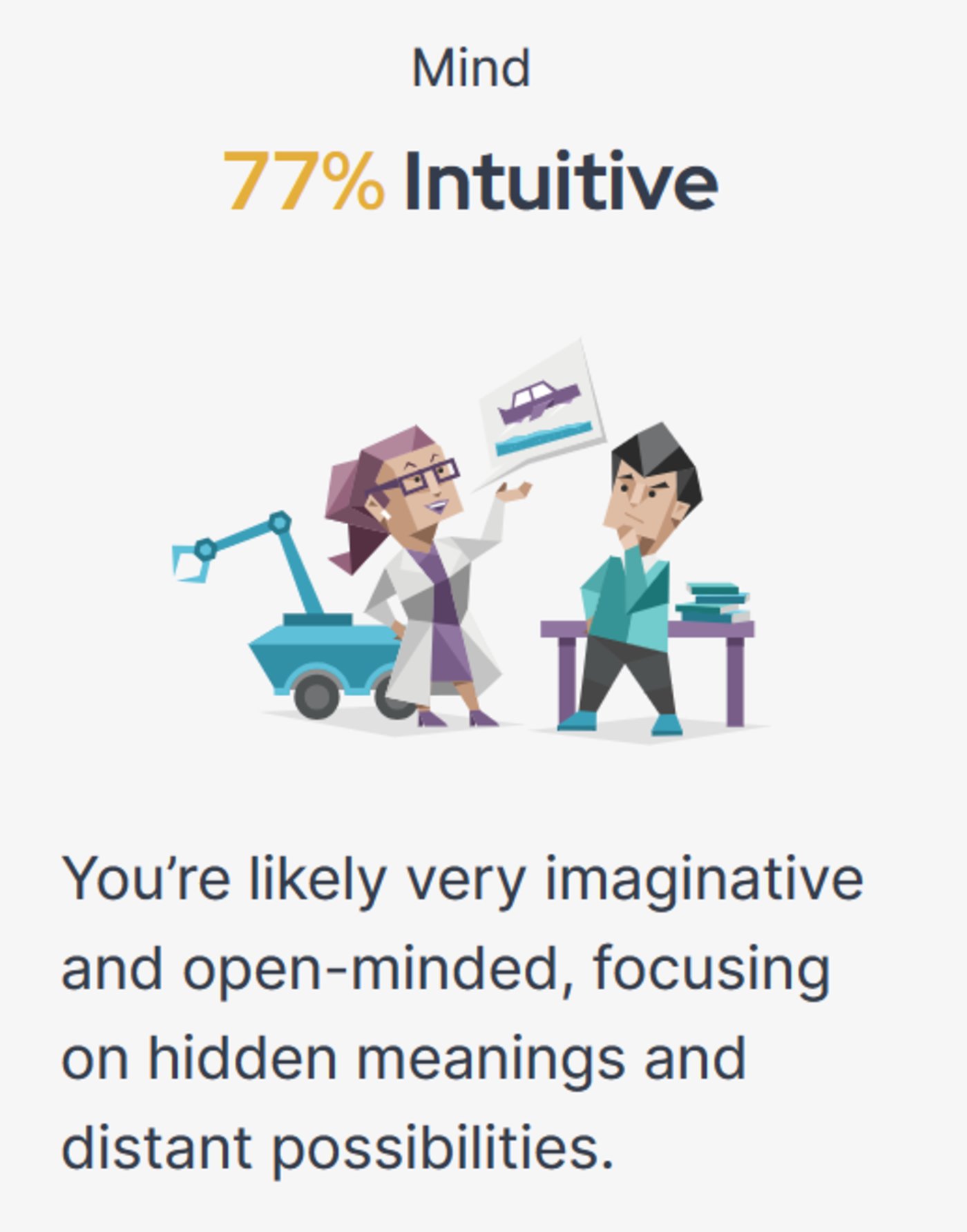
Explanation of "N personality" on the 16personalities official website
For Chinese creators, a more hidden threshold is the need for creators to have a certain level of English proficiency to use AI in a refined manner. The reason is that the more advanced AI image generation software is currently developed abroad, and its learning from Chinese databases is relatively limited. Therefore, the logic of the content it generates does not conform to the usage habits of domestic users. "Including the content it generates, if you want very Chinese elements, it is currently not accurate enough, and it is more suitable for fantasy or content with an international perspective." BING stated.
But in Huang Guoxian's understanding, the language gap will gradually be overcome in a few months or a year. "Because language conversion is very mechanical, there are now accurate and convenient conversion tools. The key is the content of the input text, how to describe a scene out of thin air, and accurately enable the AI system to understand it, and finally produce the ideal image or video. This actually requires the 'engineer' operating the AI to have a very high level of imagination, association, and the ability to use words as a descriptive tool."
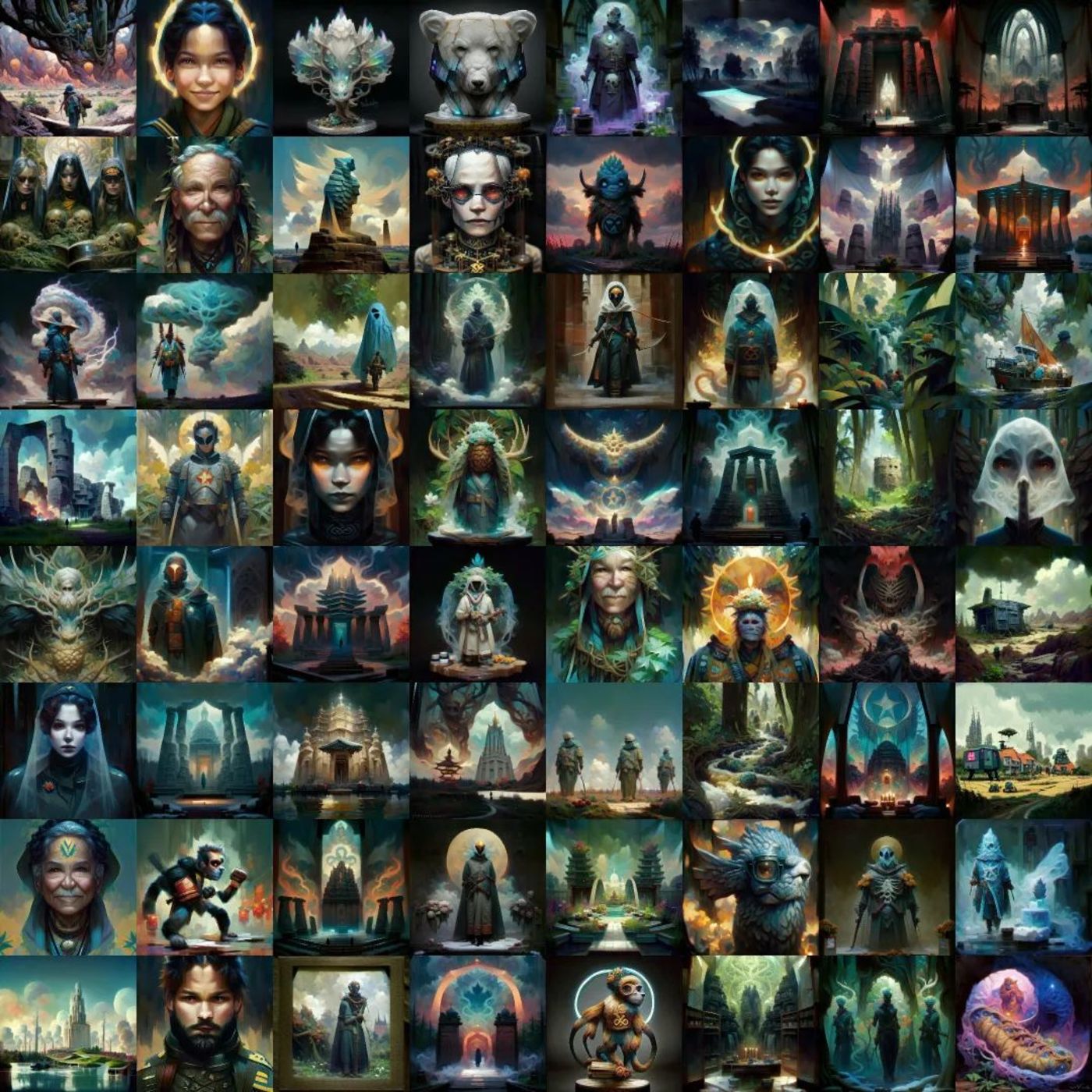
"Fantasy" image created using Midjourney
A more common concern is whether there are copyright issues with directly using AI-generated content for commercial purposes.
While waiting for specific laws and regulations to be perfected is one aspect, the more practical problem is that even if there are legal provisions, it is actually very difficult to discover and determine whether a work is generated by AI. Especially as AI technology rapidly advances, this difficulty only increases.
OpenAI, the parent company of Chatgpt, launched an AI text classifier earlier this year to assist in distinguishing whether text was written by humans or AI. However, it was taken down a few months after its launch because it couldn't even distinguish its own generated content.
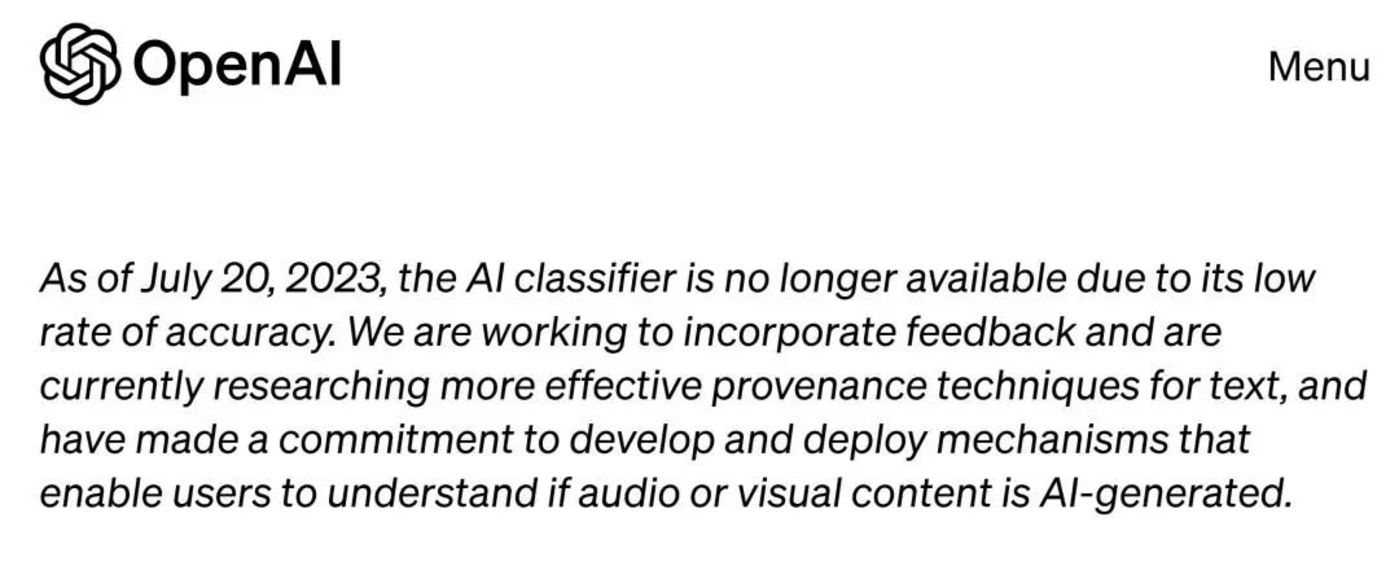
SAG-AFTRA President Fran Drescher at a press conference leading the Hollywood strike activities, "In the world of artificial intelligence, three months is equivalent to a year."
If this trend continues, the future may face the inevitable widespread abuse of AI-generated content, and regulation can only be achieved under the premise of perfected laws and regulations, relying on reports with substantial evidence, which is essentially a "no prosecution without complaint" approach. The agreements currently reached by Hollywood unions are also maintained in this way.
When undistinguishable AI images massively penetrate everyday media, Song Donghuan predicts that within two years, 50% of the content circulating in the market will have deep AI involvement, and the total volume of AI-generated content will increase significantly. "I believe that in the visible future, there will be almost no content creation that does not use AIGC at all."
By that time, the "professional players" in the film and television industry may already be lagging behind.
免责声明:本文章仅代表作者个人观点,不代表本平台的立场和观点。本文章仅供信息分享,不构成对任何人的任何投资建议。用户与作者之间的任何争议,与本平台无关。如网页中刊载的文章或图片涉及侵权,请提供相关的权利证明和身份证明发送邮件到support@aicoin.com,本平台相关工作人员将会进行核查。




